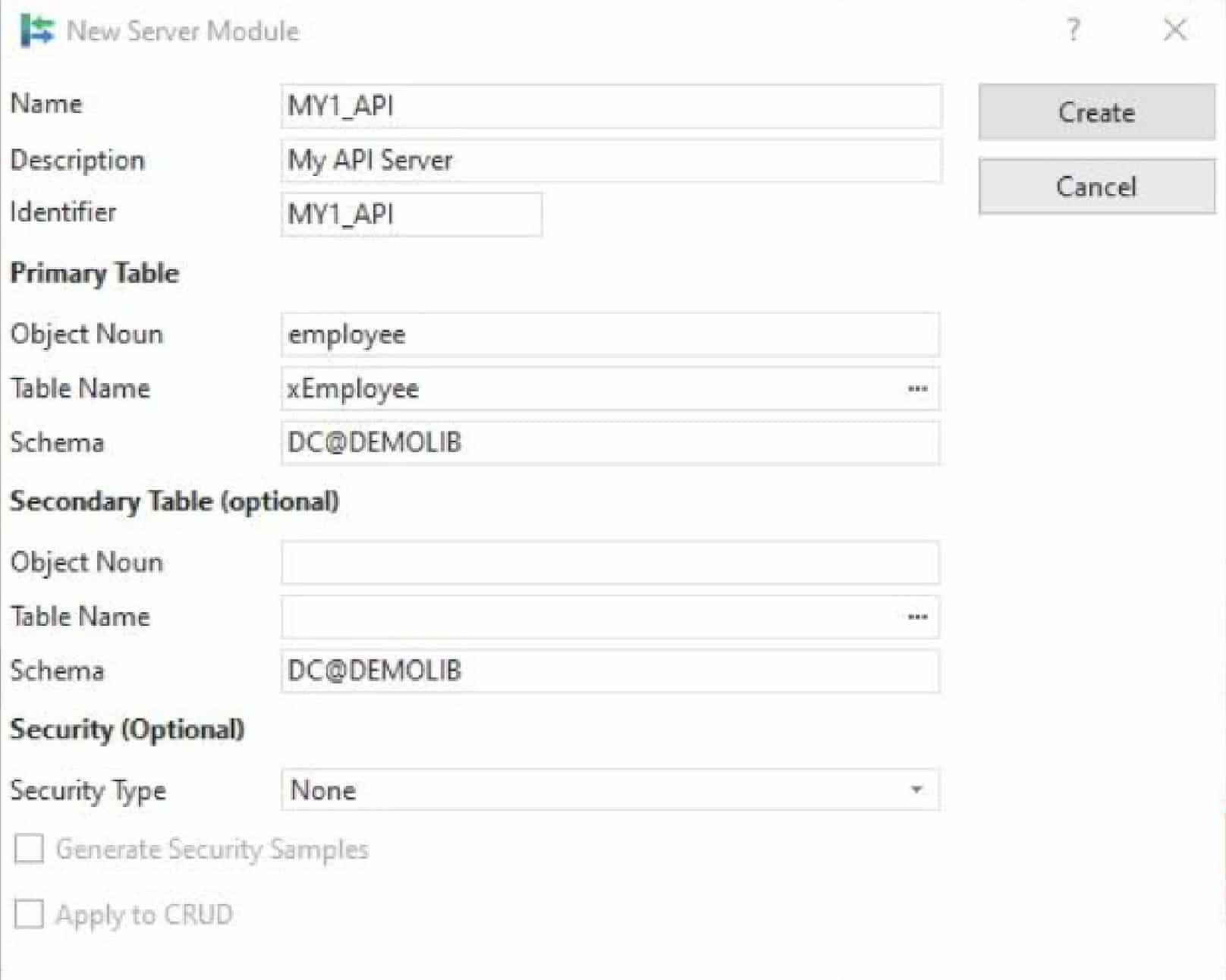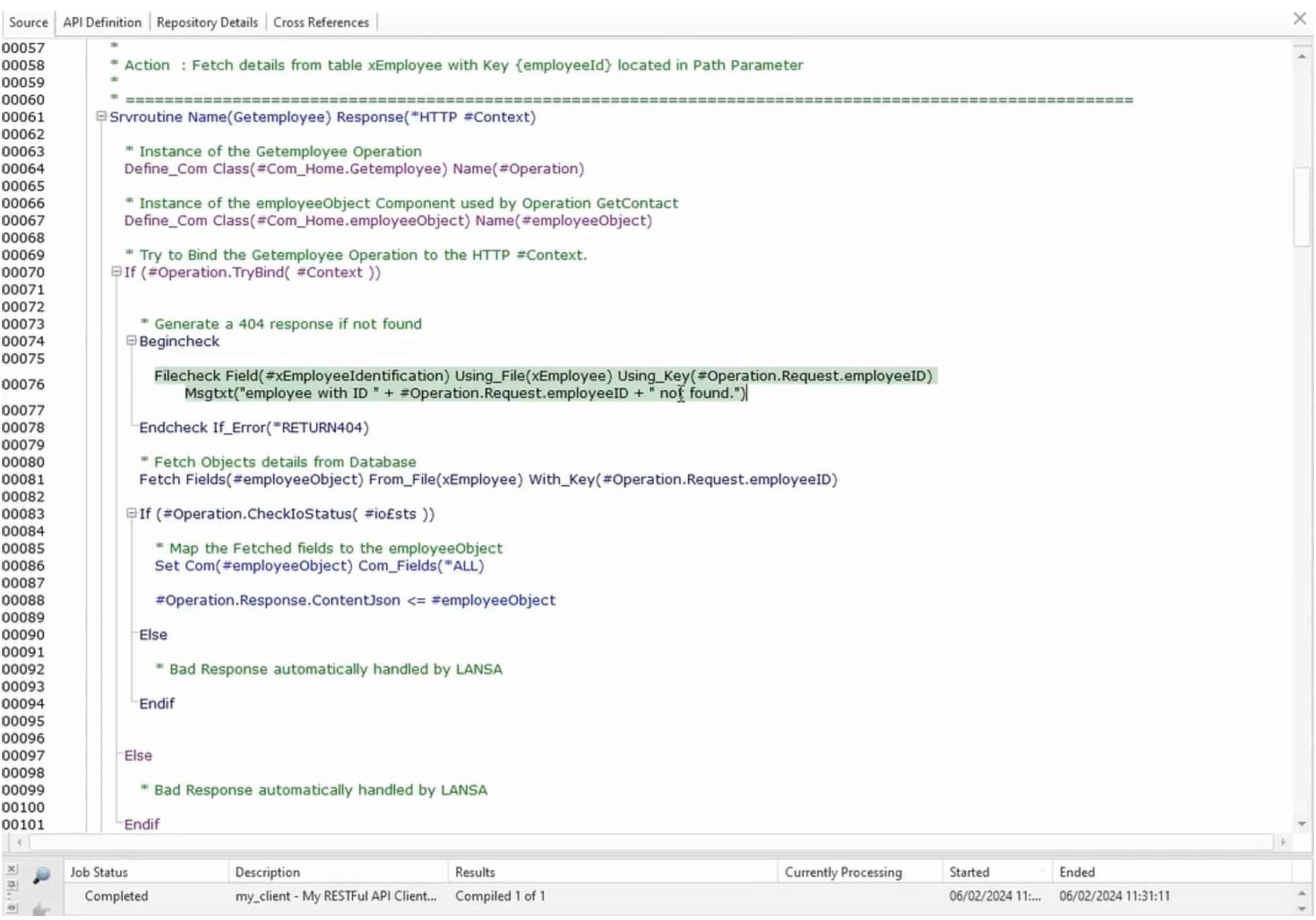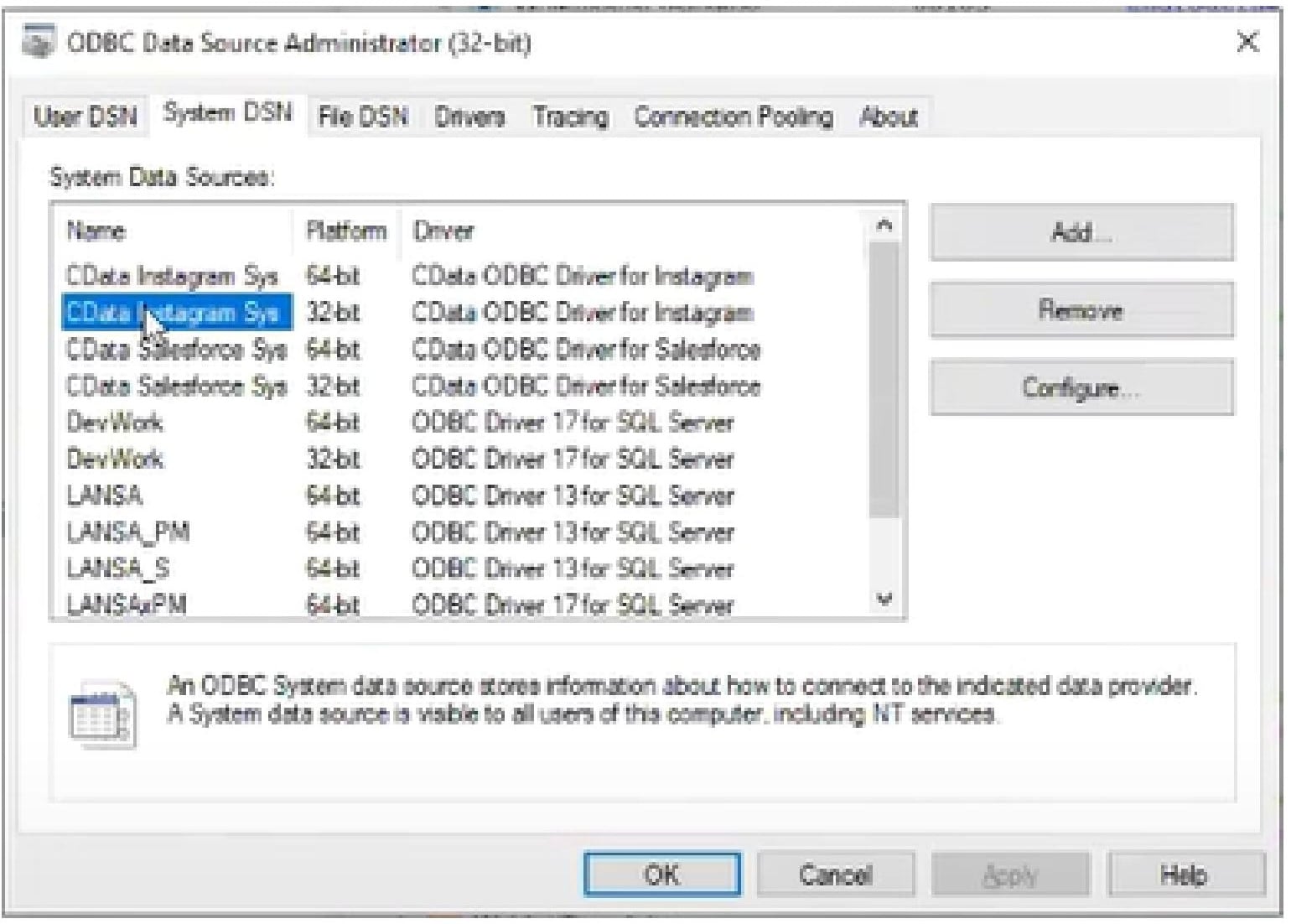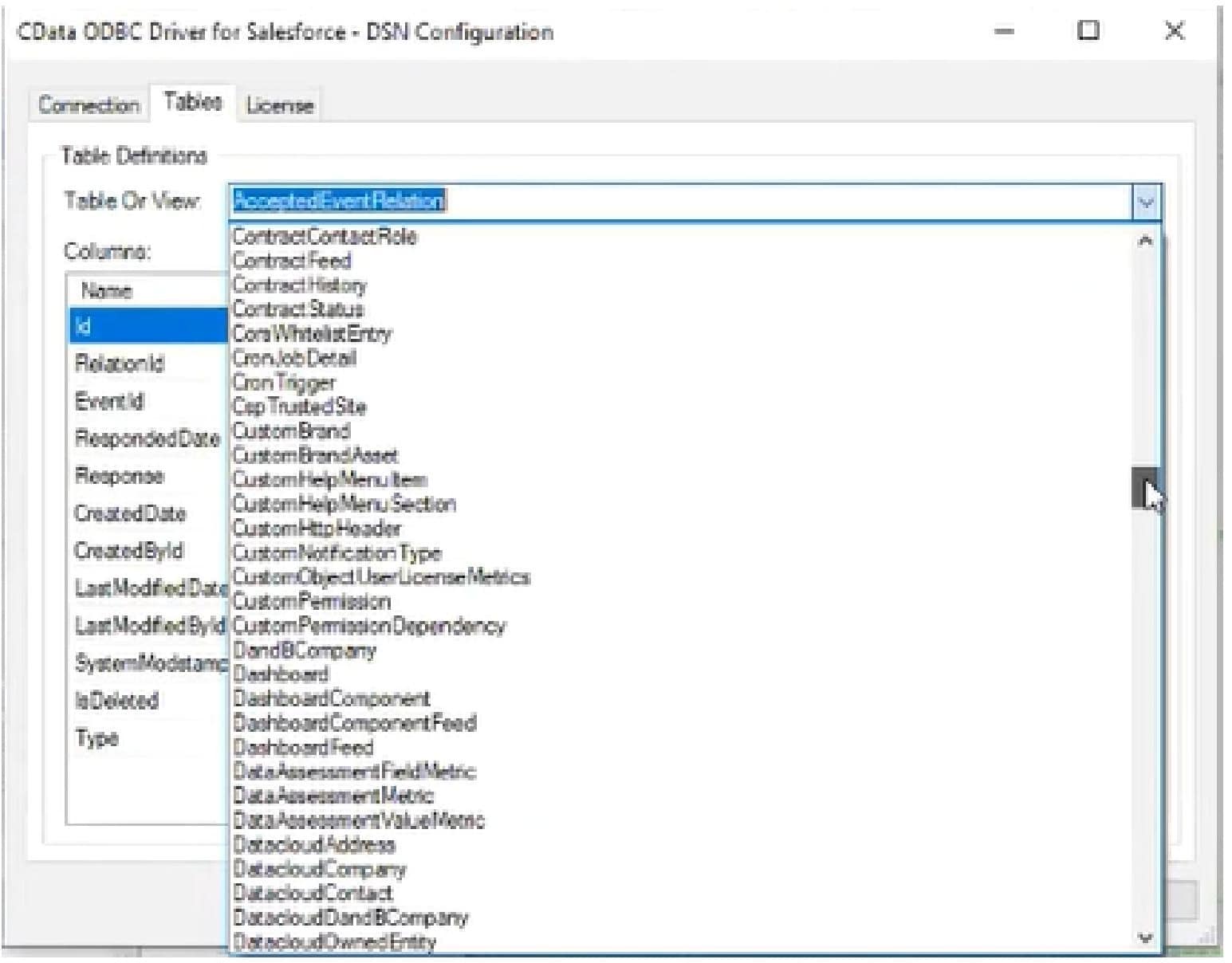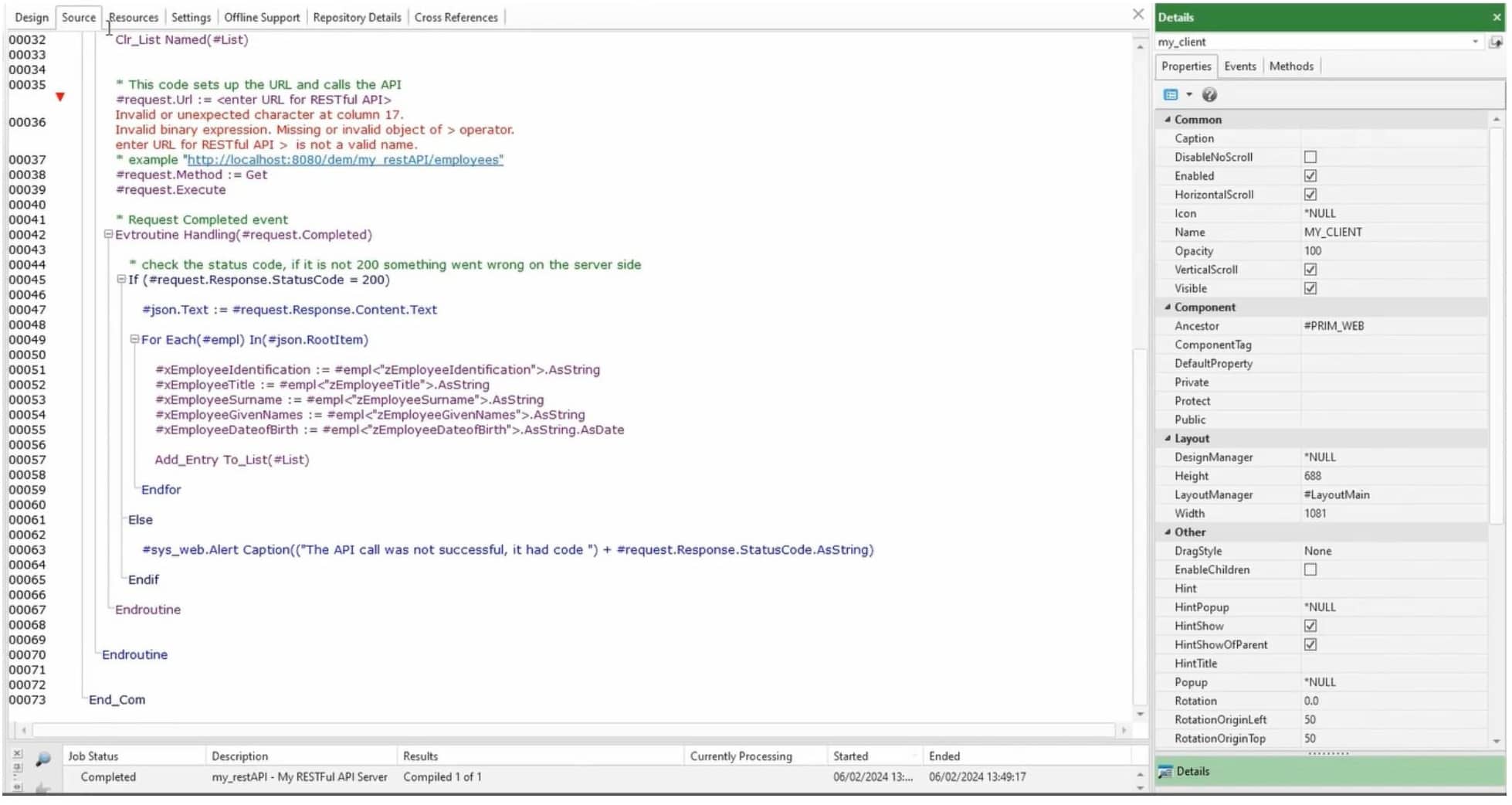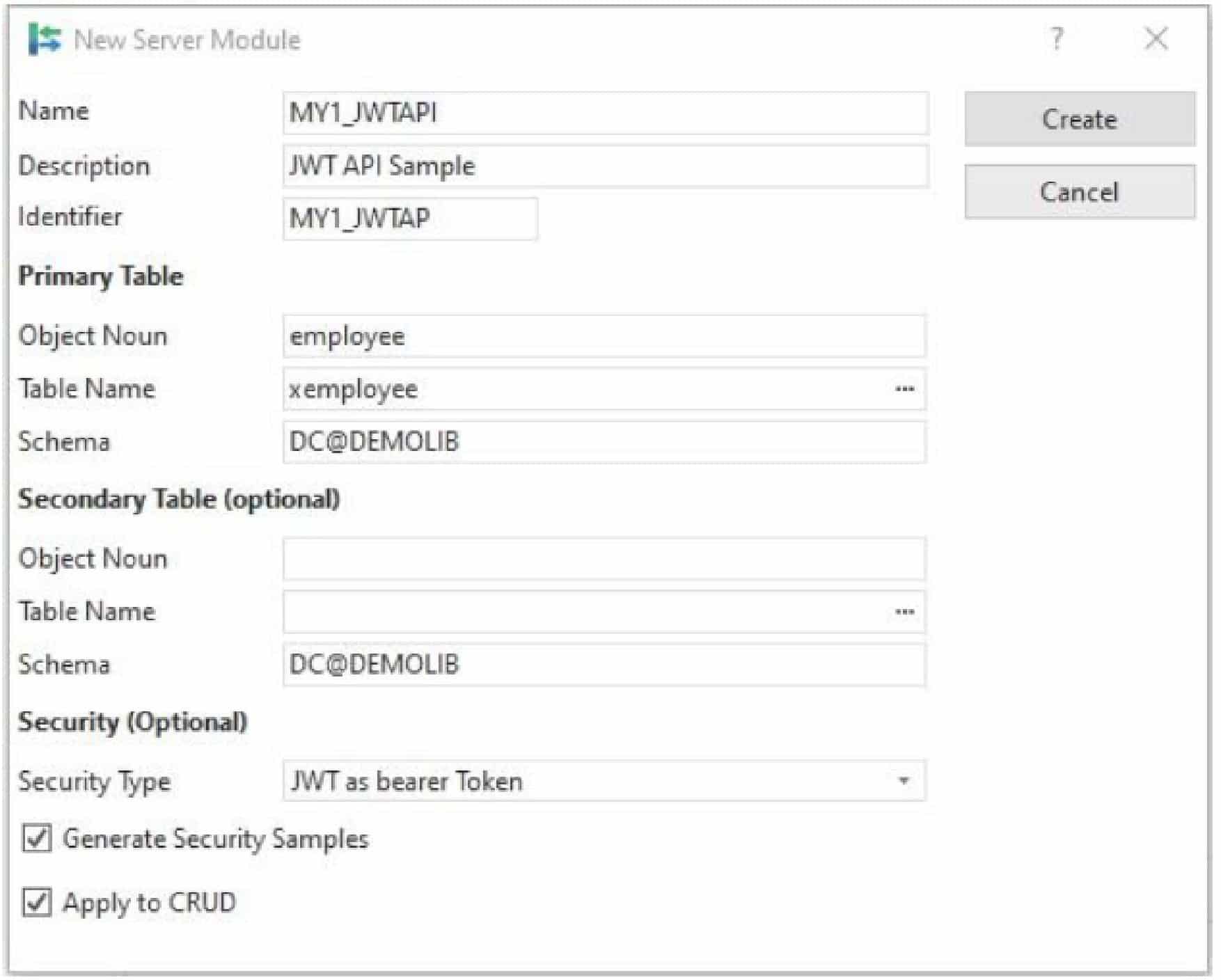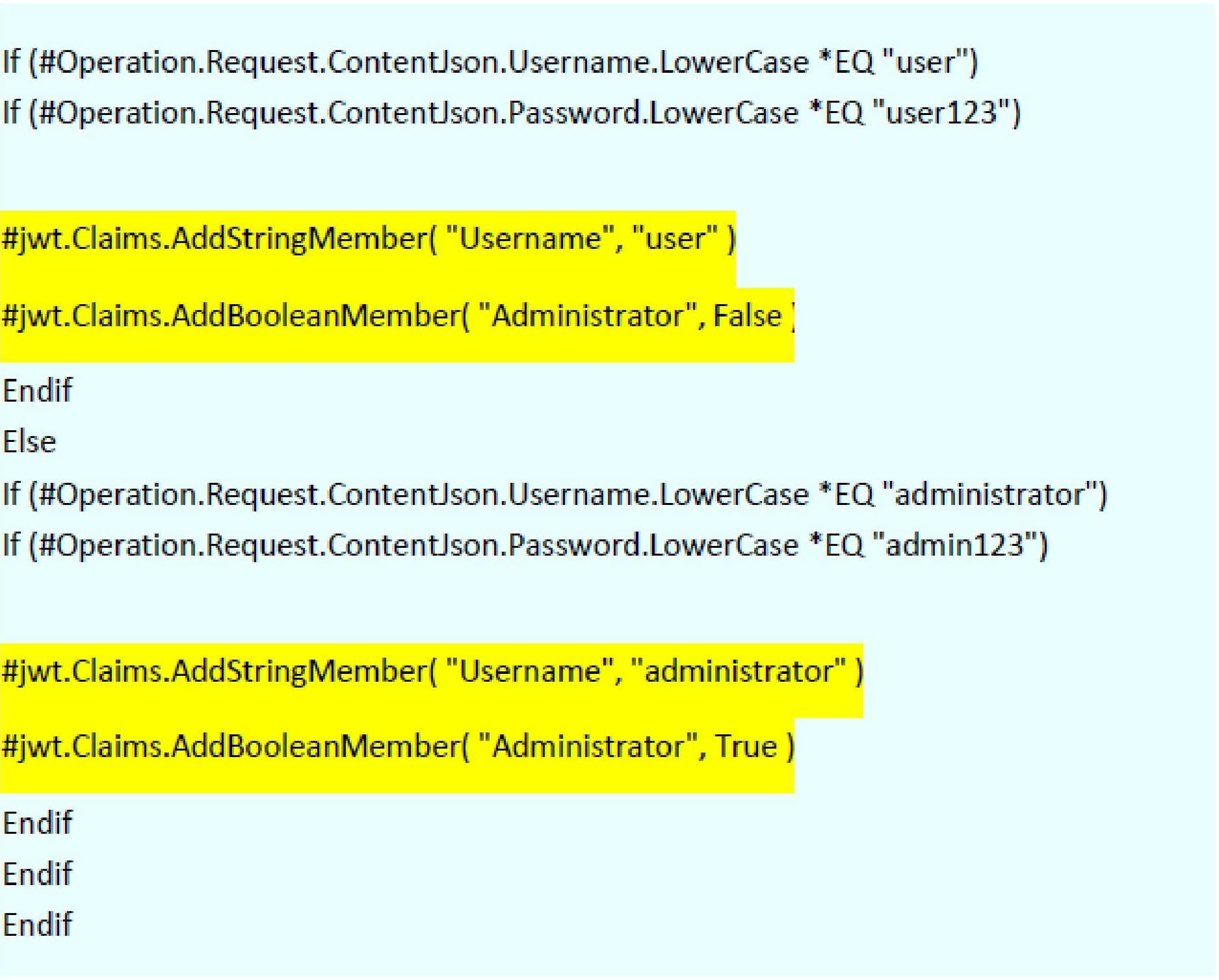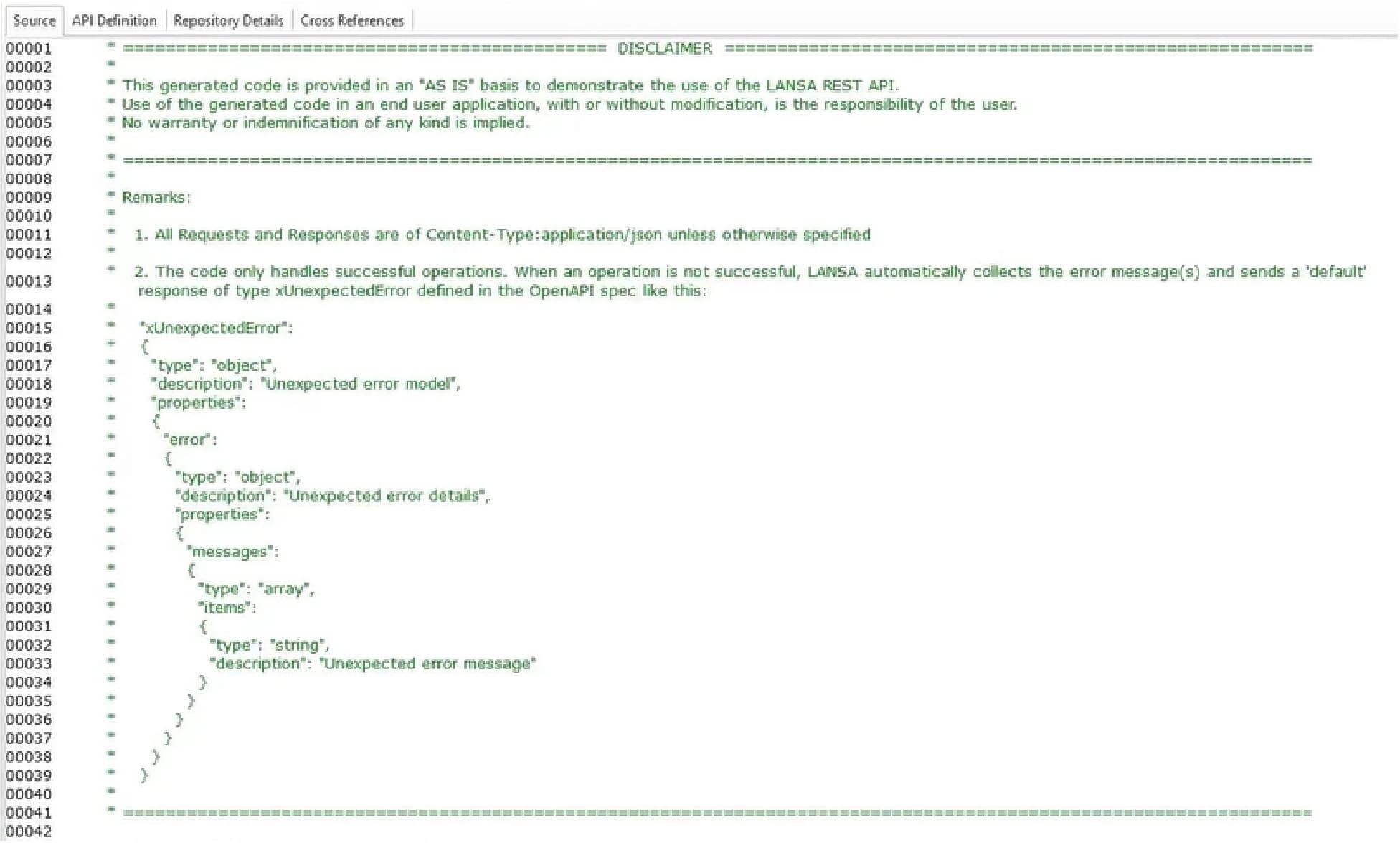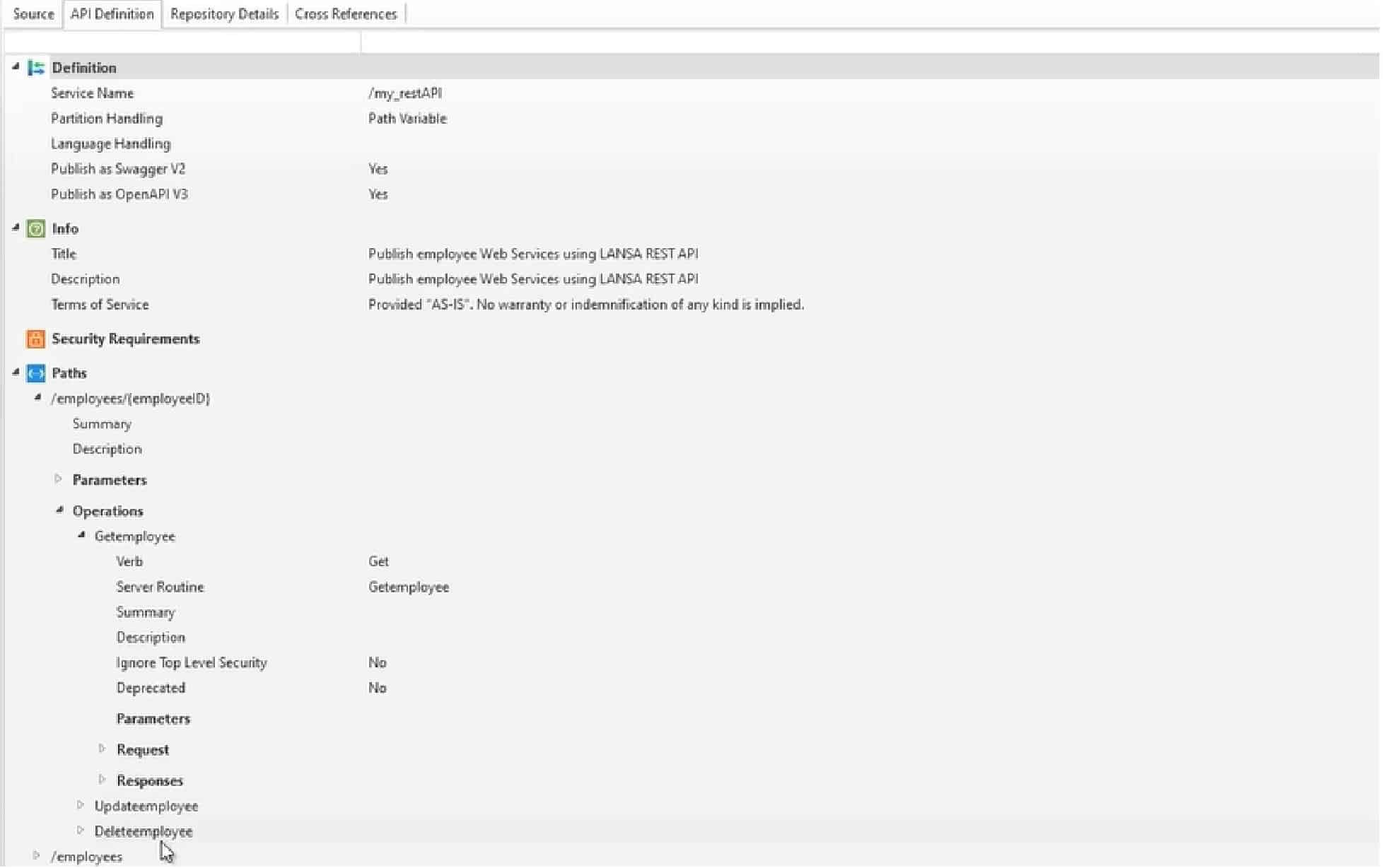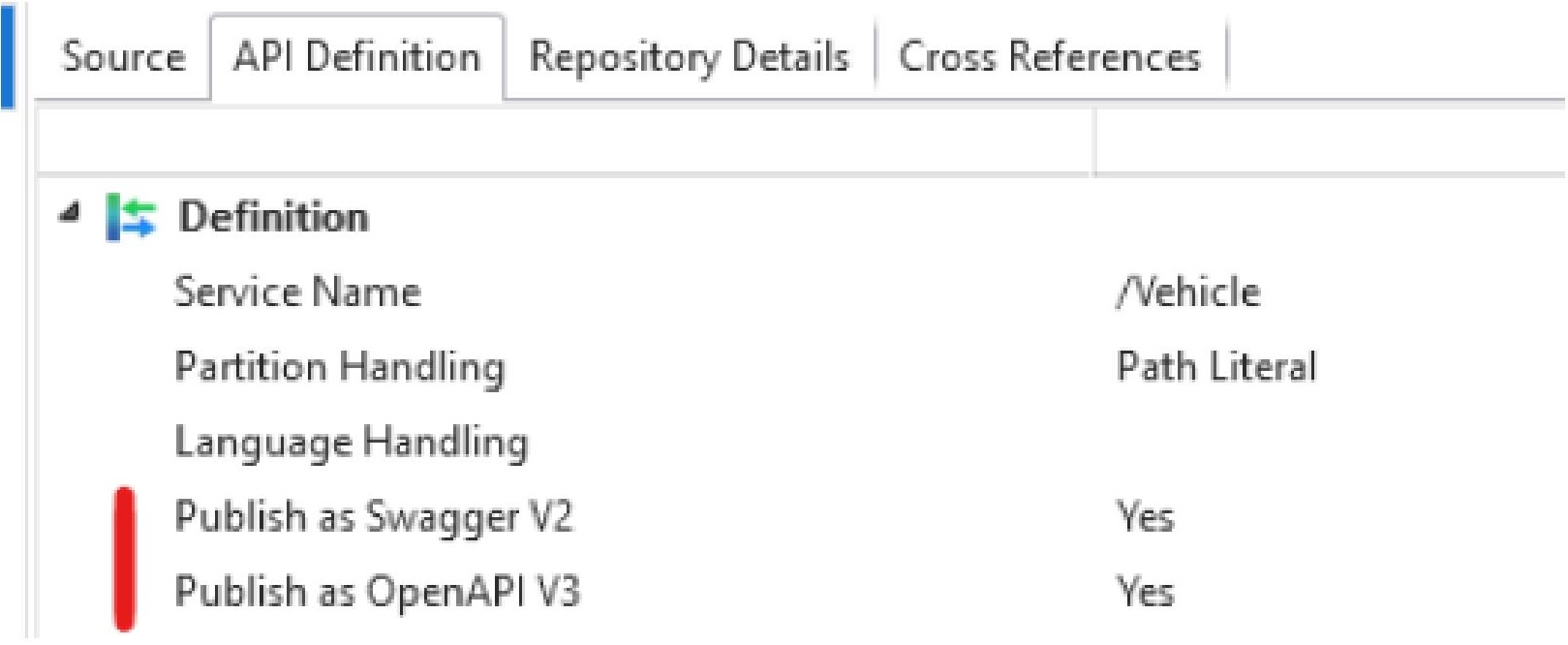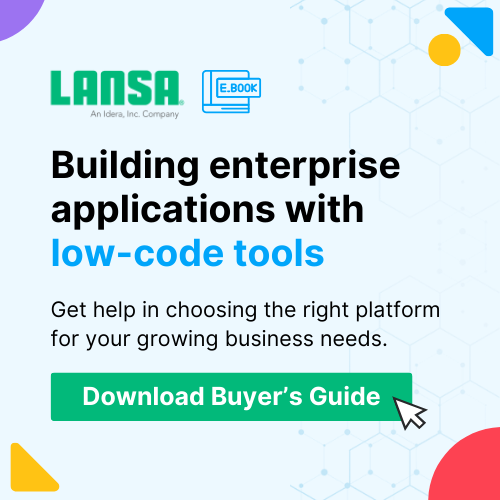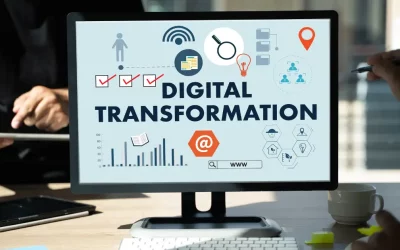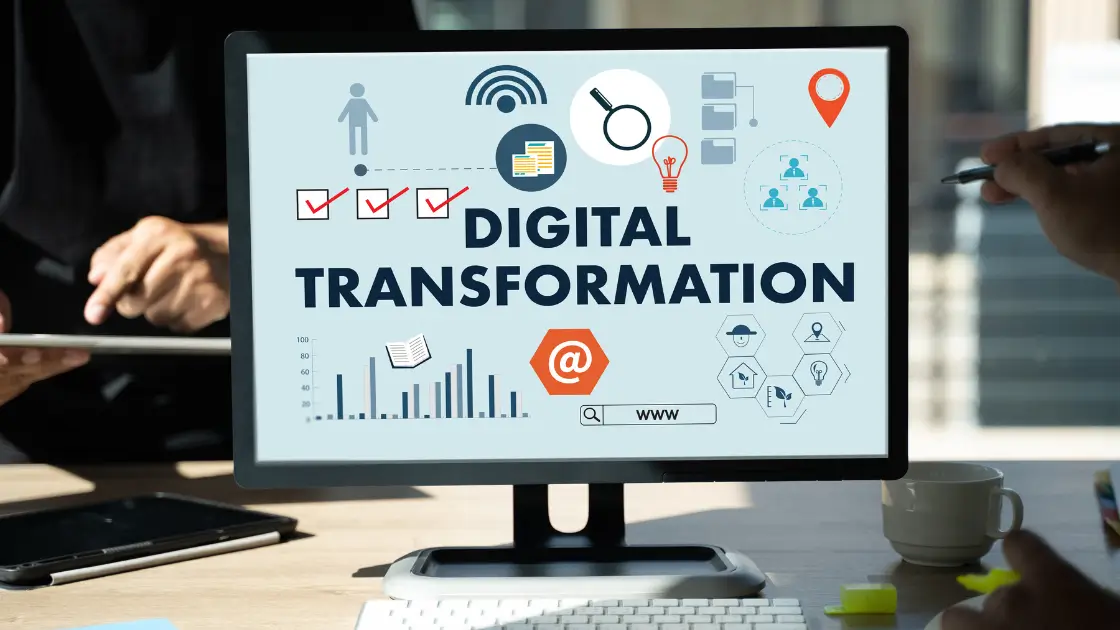Importance of APIs in Today’s Digital World
Application programming interfaces (APIs) are becoming ubiquitous in a data-centric world. API development is now considered a core skill for developers and a required investment for businesses [1]. APIs are crucial to the modern digital economy as they enable software applications to collaborate and communicate. There are APIs for payment, social media, e-commerce, and numerous other fields. Google Maps, OpenWeather, and Skyscanner are just several popular applications that have APIs for sharing data.
Key Takeaways
Visual LANSA streamlines API development and overcomes many challenges of traditional API development:
- Visual LANSA’s low-code environment is designed for professional developers and turns every programmer into a full-stack developer.
- The environment provides integration capabilities through ODBC connectors to popular databases and supports code reuse with an extensible code library.
- Visual LANSA enables professional developers to create applications that allow business users to easily access data and legacy application services through RESTful APIs.
- Visual LANSA supports secure authentication and enables you to publish documentation so that users can easily call your APIs.
Description and Features of RESTful APIs
Representational State Transfer (REST) APIs are the most popular APIs used on the web. They are based on the REST standard, which was created in 2000. REST provides a simple and uniform interface that enables applications to share content through web URLs.
Here are some major features of RESTful APIs:
- Separates the client from the server. REST allows the client and server to be separate and not interdependent. This enables each application to be updated or modified without affecting the other.
- Stateless. Unlike HTTP, REST does not create a session each time the applications need to communicate.
- Uses HTTP protocol and methods. REST uses standard HTTP methods, such as GET, PUT, POST, and DELETE, to manage and retrieve data. The data sent and returned is in a structured JSON format.
Challenges of Traditional API Development
Many companies, however, face significant challenges when developing and deploying APIs. Making your software functionality available to other apps through APIs can be costly and time-prohibitive.
Several significant challenges of API development are:
- Complexity. Because APIs create a communication channel between disparate applications, possibly running on different platforms, API development can be complex and require significant development time and effort to create and maintain.
- Incompatibility between systems. Another major development difficulty is that different software applications may use different data formats, like JSON, CSV, and XML. This can lead to errors and software failures.
- Dependence on third-party developers. Because of the complexity of API development, organizations often outsource API development to third-party developers or use APIs already developed and owned by third parties. This makes organizations dependent on outside agencies to maintain their digital operations.
- Security. Cybersecurity attacks are becoming more frequent and sophisticated. Because APIs involve communication between different programs across the web, they present opportunities for attackers to breach the organizations’ security measures and steal data or disrupt business processes.
- Documentation. In order for API integration to work effectively, there must be accurate and up-to-date documentation regarding what to send to each API and what is received. However, documentation, like security, is frequently an afterthought that is tacked on after the development is completed. Often, the available API documentation is out of date or difficult to search and use.
Accelerate Modernization with Easy-to-Implement APIs
Visual LANSA is an excellent professional low-code platform for legacy application modernization. A survey found that companies use an average of almost 1,000 applications, and only 28% of those are integrated [7]. Many of these applications run on legacy platforms like IBM i. They often contain critical data or perform crucial functions like transaction processing. However, many organizations lack the means to integrate these legacy systems at the scale needed by the business.
Legacy applications often run on machines that do not support the high call rate demanded by contemporary mobile applications, IoT systems, and others that consume the data. Additionally, legacy apps often use different languages, file formats, and protocols than newer systems; for example, COBOL instead of Java, flat files instead of relational databases, and FTP instead of HTTP.
Visual LANSA provides seamless integration of disparate systems and file formats within the LANSA environment. It overcomes the challenges of legacy application integration by wrapping legacy application services with RESTful APIs. Business users can easily access the data and services of legacy applications. There is no need to bring aboard programmers skilled in legacy systems or languages.
Visual LANSA also corresponds with modern MACH (Microservices, API-first, Cloud-native, and Headless) architecture. It enables the development of scalable and modular solutions that can adapt to changing business needs with its API-first design methodology and through the integration of cloud services without difficulty. The professional low-code environment Visual LANSA offers makes both development and maintenance straightforward enough for teams who might be less experienced in working with distributed systems. Not to mention, its primary advantages include greater flexibility, improved development efficiency, and the ability to produce solid applications that deliver exceptional cross-platform experiences.
Benefits of Professional Low-Code Development for API Creation
Modern low-code environments can dramatically reduce the difficulty and expense of API development. With the right technologies and design, API creation can be relatively quick and affordable.
Professional low-code development enables developers to develop and deploy APIs quickly with intuitive drag-and-drop interfaces and reusable pieces. This means that development teams can therefore focus on higher-level functionality instead of simple, repetitive coding tasks. Research has shown that low-code technologies improve productivity three to ten times more than traditional coding [2]. Further, 90 percent of companies have seen increased productivity by using low-code tools [3].
Professional low-code solutions propel rapid adoption by offering efficiencies and accessibility in creating APIs. Increasingly, organizations are looking to low-code platforms to meet API demands, which will help them integrate at a faster rate across their applications.
The Advantages of Visual LANSA
Visual LANSA is a market-leading application development environment that combines traditional coding and low-code in one integrated development environment. Developers can produce desktop and web applications more efficiently than with other low-code solutions. One significant advantage Visual LANSA offers is the ability to prototype, develop, test, and deploy your entire application, including the complete front and back end, in one environment and using one language. This eliminates the need for multi-stack development teams and makes development fast and inexpensive. This benefit is accessible whether you build applications in Windows, iSeries, or Linux.
Benefits of Visual LANSA for API Development
The tremendous productivity advantages that Visual LANSA provides for your desktop and web application development can now be applied to your API development efforts as well. Visual LANSA is a powerful tool for companies that seek to streamline API development, cut costs and development time, improve communication and data exchanges, and stay competitive in a fast-paced digital environment.
Here are some benefits Visual LANSA can provide to your API development processes:
Reduced Complexity
Visual LANSA’s low-code environment enables professional developers to develop powerful APIs that support your organization’s goals and business success. Visual LANSA turns every programmer, regardless of experience, into a full-stack developer.
The figure below shows the Visual LANSA API development interface. You choose a name and description for your API and select the primary table. In this example, the API will work with employee data in the Employee table. When you click the Create button, in a few seconds, the platform automatically produces a fully functional API that enables you to create, update, and delete employees.
The next figure shows some of the automatically generated source code in your new API. The highlighted code is part of the error handling that checks whether an employee exists with the given Employee ID. Once compiled, the API can be run in a web browser or another platform such as Postman.
Pre-Made Connectors and Seamless Integration with Other Systems
Visual LANSA can integrate with external systems using REST APIs. This way, developers can easily connect to a variety of databases and software applications, such as SQL Server, Salesforce, Google Drive, and Microsoft Excel. The use of these APIs simplifies system integration to reduce the time and effort required to interface with external systems. Third-party ODBC drivers, like CData connectors, are available for additional file access options.
The library enables you to download drivers and connectors to your local platform, as shown in the next figure.
The figure below shows the tables available for Salesforce using the ODBC driver.
Eliminates Dependence on Third-Party Developers
Visual LANSA’s low-code platform automates many coding tasks. This puts the creation of APIs within reach of your professional developers. You no longer have to depend on third-party developers with specialized coding skills — on the contrary, your professional developers can take part in API development. This saves time and costs and enhances flexibility because your staff can make updates and changes to APIs whenever needed.
Supports Code Reuse
In the competitive market of commercial software application development, efficiency and maintainability are two of the keys to success for companies. Code reuse enables development teams to work faster and produce more reliable code. Reusing code, when feasible, leads to cost savings, higher productivity, and better maintainability [6].
Visual LANSA has an extensible code library that enables your developers to plug pre-built software components into their API applications. There’s no need for duplicate development or for your developers to climb a steep learning curve to develop complex modules. Your more experienced developers can create advanced modules and make them available to your entire team. This greatly streamlines the development process and reduces errors and troubleshooting.
The following two figures show some pre-built templates that are included in Visual LANSA. You select the method you need from a dropdown list, and the code for that method is automatically added to your application.
Security (Secure Authentication)
Secure authentication is crucial for applications that process sensitive data. Secure authentication helps protect the confidentiality and integrity of your sensitive information, verifies the identity of clients, helps prevent fraud, and increases customer trust.
In Visual LANSA, you have the option to select an authentication scheme in your API definition. Visual LANSA enables you to generate a REST API that uses JSON Web Token (JWT) authentication without needing to write any code.
When creating the API, you specify the security type and check the boxes to “Generate Security Samples” and “Apply to CRUD.” Generate Security Samples means that the platform will automatically generate a security code, which you can extend as needed. Apply to CRUD means that every operation will use the authentication code.
In the figure below, each set of If statements verifies the username and password. If the results are TRUE, the #JWT helper adds a claim.
The Publish REST Feature in Visual LANSA uses multiple forms of authentication to protect RESTful web services. These forms include Basic Authentication, OAuth 2.0, and JSON Web Tokens. OAuth 2.0 and JWT use a user’s tokens to manage the sessions authenticated for stronger security. API Keys can also be employed as an alternative authentication method to offer flexibility in securing API endpoints.
Documentation
Documentation is a common challenge in API development. Without clear documentation, it will be difficult for testers to test the API and for developers and users to integrate the API into new products.
One way in which Visual LANSA facilitates documentation is by generating clear, readable source code. API definitions and parameters are clearly defined and readily understandable. The next two figures show an example of LANSA-generated RESTful API source code and the API definition, both displayed within the Visual LANSA development environment.
Additionally, Visual LANSA supports the production of Swagger and OpenAPI-compliant documentation.
In the API definition, you can specify whether to publish documentation as Swagger or OpenAPI.
You can then import the documentation into REST clients or documentation repositories or access the documentation through HTTP, as illustrated in these examples.
Ready to Integrate Your Business Applications with APIs and LANSA?
Visual LANSA’s professional low-code environment is the solution for organizations that need to implement application integration efficiently and with minimal cost and developer resources. Make sure to check out this course in Learn LANSA to explore the latest updates in API development. Our Professional Services team is also ready to tailor solutions according to your needs. If you are new and want to get your hands on Visual LANSA, you can register for a free trial here or speak with a local representative to learn more.
Sources
[1] Polyakov, G. “In 2023, APIs have become business critical,” Forbes, May 30, 2023. [Online]. Available at
https://www.forbes.com/sites/forbestechcouncil/2023/05/30/in-2023-apis-have-become-business-critical/
[2] Varajao, J., Trigo, A., & Almeida, M., “Is winter coming” for code-based technologies?”, ACM Queue, vol. 21, issue 5, Nov. 27, 2023. [Online]. Available at
https://queue.acm.org/detail.cfm?id=3631183
[3] Infragistics, “Low-code tools provide major productivity boost, new Reveal survey finds,” GlobeNewswire, Apr. 18, 2024. [Online]. Available at
https://www.globenewswire.com/en/news-release/2024/04/18/2865399/0/en/Low-Code-Tools-Provide-Major-Productivity-Boost-new-Reveal-Survey-Finds.html
[4] Gartner, “Gartner says cloud will be the centerpiece of new digital experiences,” Press Release, Nov. 10, 2021. [Online]. Available at
https://www.gartner.com/en/newsroom/press-releases/2021-11-10-gartner-says-cloud-will-be-the-centerpiece-of-new-digital-experiences
[5] Vailshery, L.S., “Low-code and no-code platforms – statistics & facts,” Statista, Feb. 28, 2024. [Online]. Available at
https://www.statista.com/topics/8461/low-code-and-no-code-platforms/
[6] Feitosa, D., Ampatzoglou, A., Gkortzis, A., Bibi, S., & Chatzigeorgiou, A., “CODE reuse in practice: Benefiting or harming technical debt,” J. Systems and Software, vol. 167, Article 110618, Sep. 2020. [Online]. Available from
https://www.sciencedirect.com/science/article/abs/pii/S0164121220300960?via%3Dihub
[7] Annenko, O., “12 new application integration statistics and trends for 2022,” Elastic.io, Jan. 4, 2022. [Online]. Available at
https://www.elastic.io/enterprise-application-integration/application-integration-statistics



